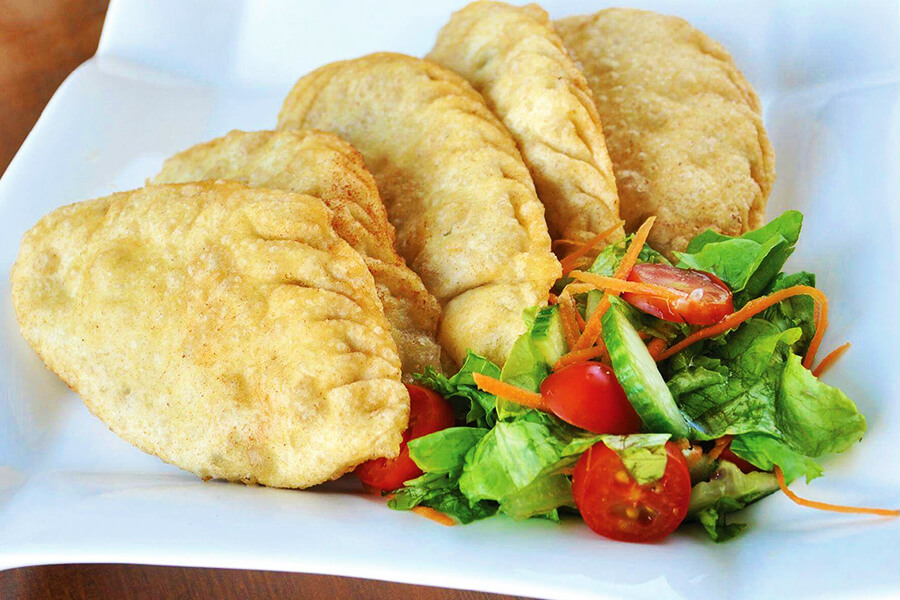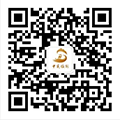Mongolian food is a celebration of the country's heritage and the harsh yet beautiful environment in which the Mongolian people live. It offers a distinct taste experience that combines the richness of meat, the creaminess of dairy, and the warmth of traditional cooking methods.
1.Khorkhog
Khorkhog is a traditional and distinctive dish deeply rooted in Mongolian cuisine, embodying the nomadic lifestyle and rich culinary heritage of Mongolia.The preparation of Khorkhog is quite unique and often involves a communal effort. Typically, the main ingredient is mutton or beef, though other meats can also be used. Large chunks of meat are placed in a large metal or cast-iron pot. Alongside the meat, potatoes, carrots, onions, and sometimes other vegetables are added to the pot.What truly sets Khorkhog apart is the cooking method. Stones are heated over an open fire until they are extremely hot. These red-hot stones are then carefully placed into the pot with the meat and vegetables. The intense heat from the stones cooks the food from within, imparting a unique smoky flavor and tenderizing the meat to perfection. As the stones gradually cool down, they continue to cook the dish slowly, allowing all the flavors to meld together.In Mongolian culture, Khorkhog is frequently prepared during special occasions, festivals, and family gatherings. It represents the connection between the people, the land, and their traditional way of life, making it an essential and cherished part of Mongolian culinary traditions.

2.Khuushuur
Khuushuur is a beloved and iconic dish in Mongolian cuisine, renowned for its delicious flavor and satisfying texture. This traditional food holds a special place in the hearts of Mongolians and is often enjoyed during various social gatherings, festivals, and family meals.The primary ingredients of Khuushuur are minced meat, usually mutton, which is the most commonly used due to its prevalence in Mongolian livestock. However, beef can also be used as an alternative. The minced meat is mixed with a variety of seasonings, such as onions, salt, pepper, and sometimes other spices, to enhance its taste.Once the Khuushuur are formed, they are deep-fried in hot oil. The frying process gives the dish its characteristic crispy exterior while ensuring that the meat inside remains juicy and flavorful. The high temperature of the oil quickly cooks the dough and seals in the juices of the meat, resulting in a delightful contrast between the crunchy outside and the tender, savory filling.

3.Borts
Borts is typically made from beef, although horse meat and camel meat are also used in some regions. The fresh meat is cut into long strips, usually 2-3cm thick and 5-7cm wide. These strips are then hung on strings under the roof of a ger (yurt) to dry in the shade, allowing the air to circulate freely. After about a month, the meat dries into small, hard, brown sticks resembling wood.Borts is highly nutritious, with a high protein content and rich in essential amino acids. It is said to be more nutritious and tastier than some modern field rations.

4.Airag
Airag, also known as kumis, is a traditional fermented beverage that holds great significance in Mongolian culture. It is an integral part of the nomadic way of life and has been enjoyed by the Mongolian people for centuries.The main ingredient of airag is mare's milk. Mongolia, with its vast grasslands, has a long history of horse breeding, and mare's milk is abundant. The process of making airag involves fermenting the fresh mare's milk. It starts by collecting the milk and then placing it in a special container, often a wooden or leather vessel. Yeast or a small amount of previously fermented airag is added to initiate the fermentation process.Over time, the natural bacteria and yeasts in the milk work to convert the lactose into lactic acid and alcohol. This fermentation gives airag its characteristic slightly sour and effervescent taste, along with a low alcohol content, usually ranging from about 1% to 3%. The fermentation process is carefully monitored, and the airag is stirred regularly to ensure proper fermentation and to prevent the formation of a thick layer on the surface.In Mongolian society, airag is not just a drink but a cultural symbol. It is often served during important festivals, celebrations, and ceremonies, such as Naadam festivals, weddings, and family reunions. It is also a way for Mongolians to show hospitality to guests. When visitors arrive at a Mongolian home, offering airag is a traditional gesture of welcome.





































